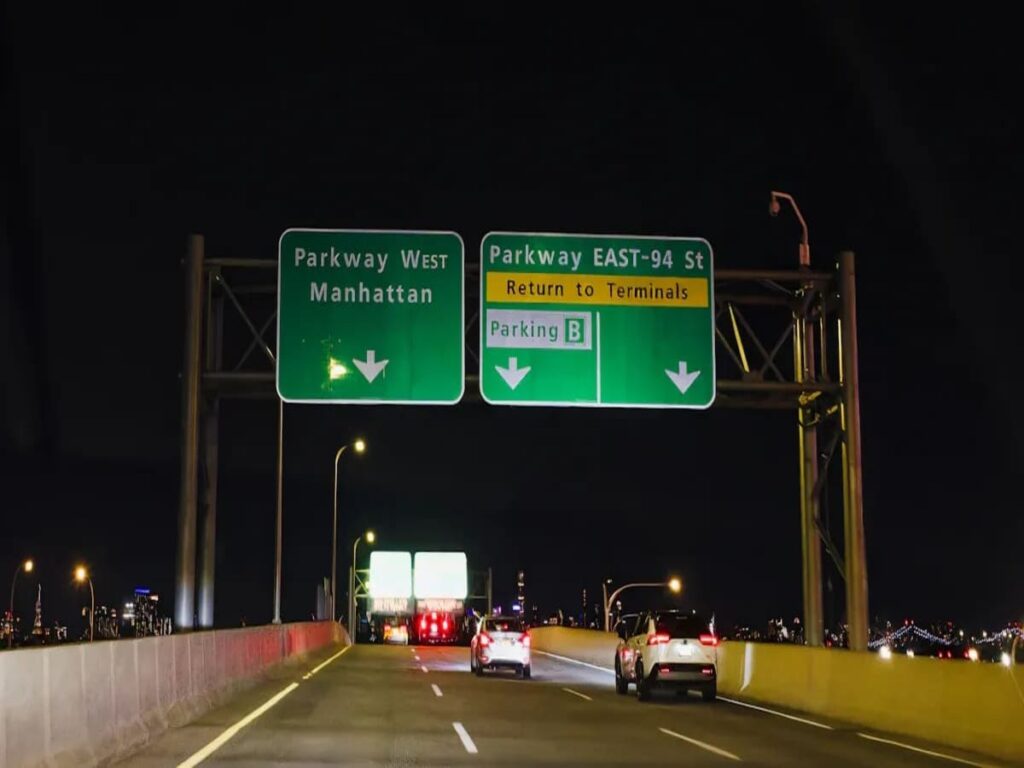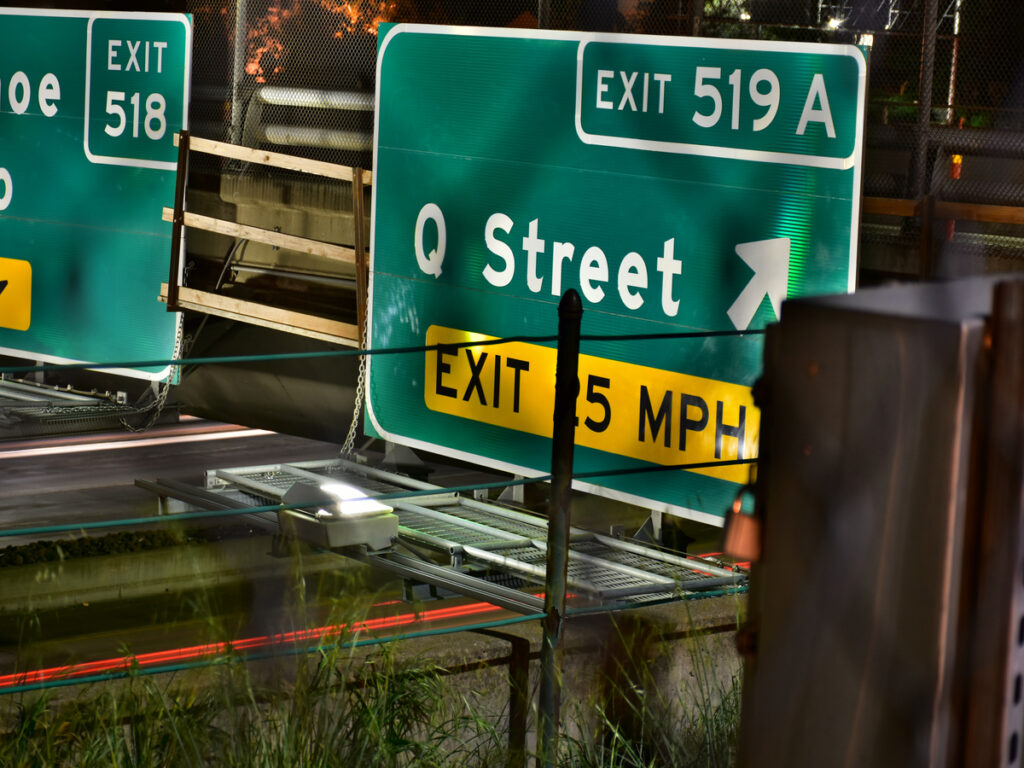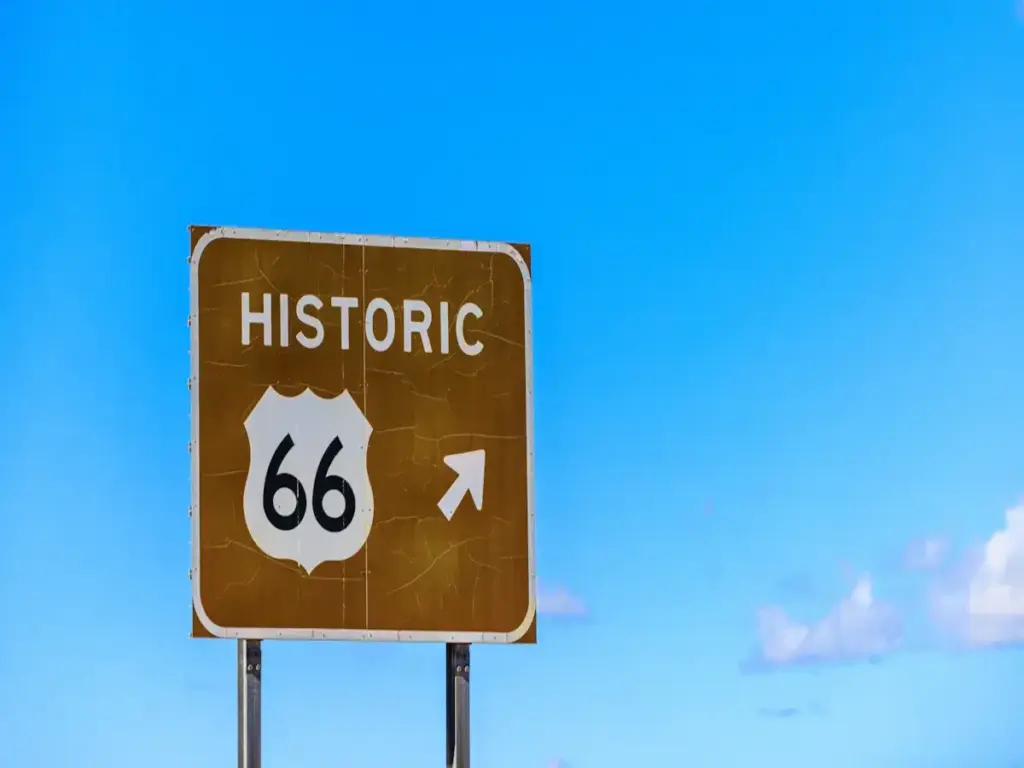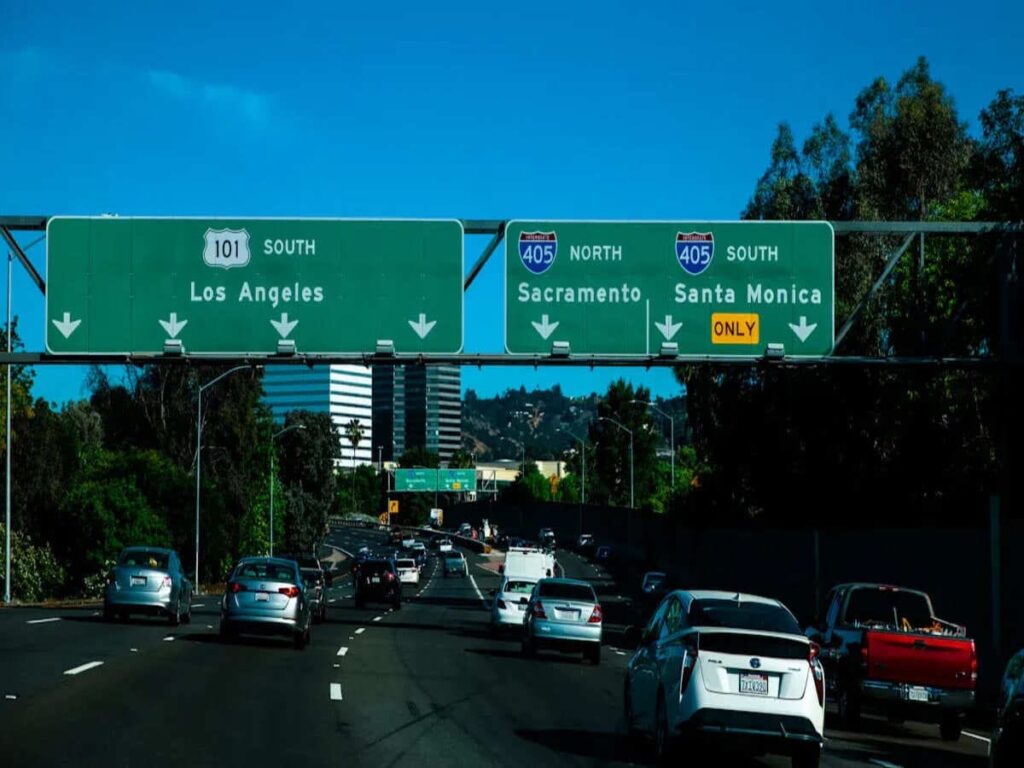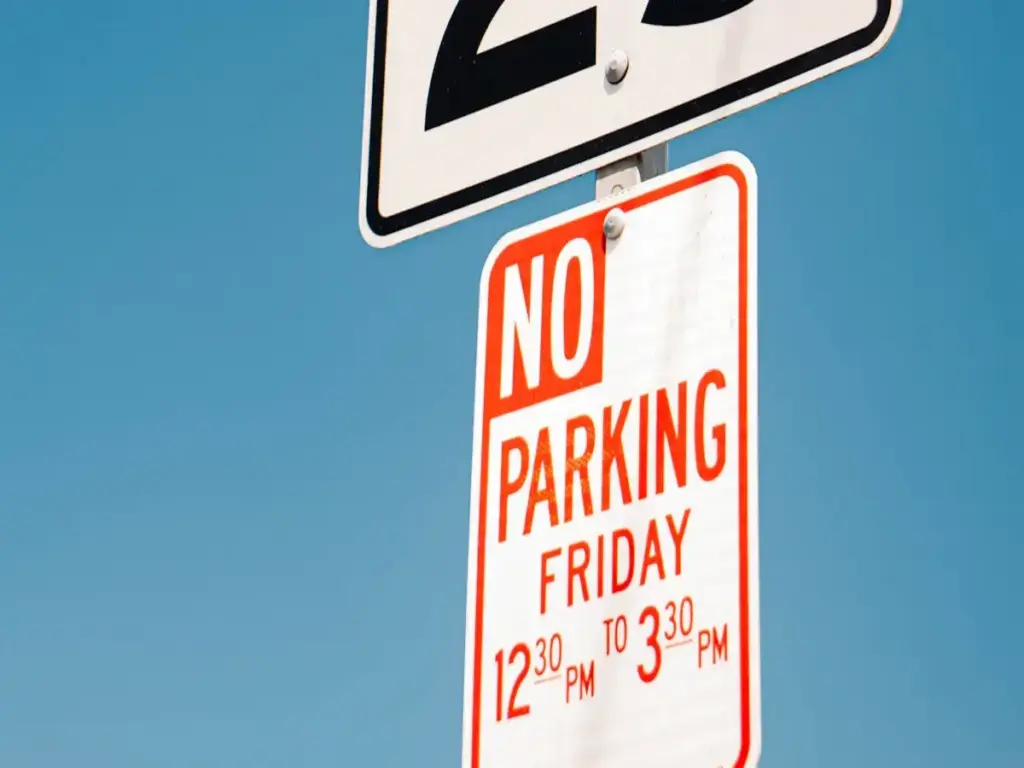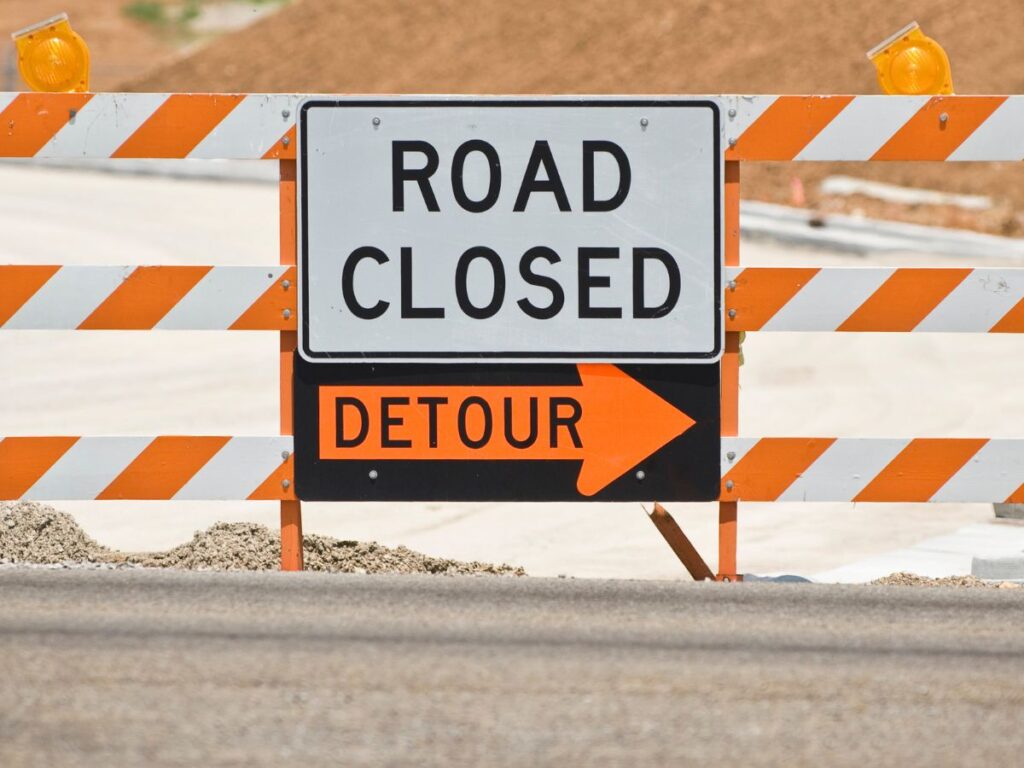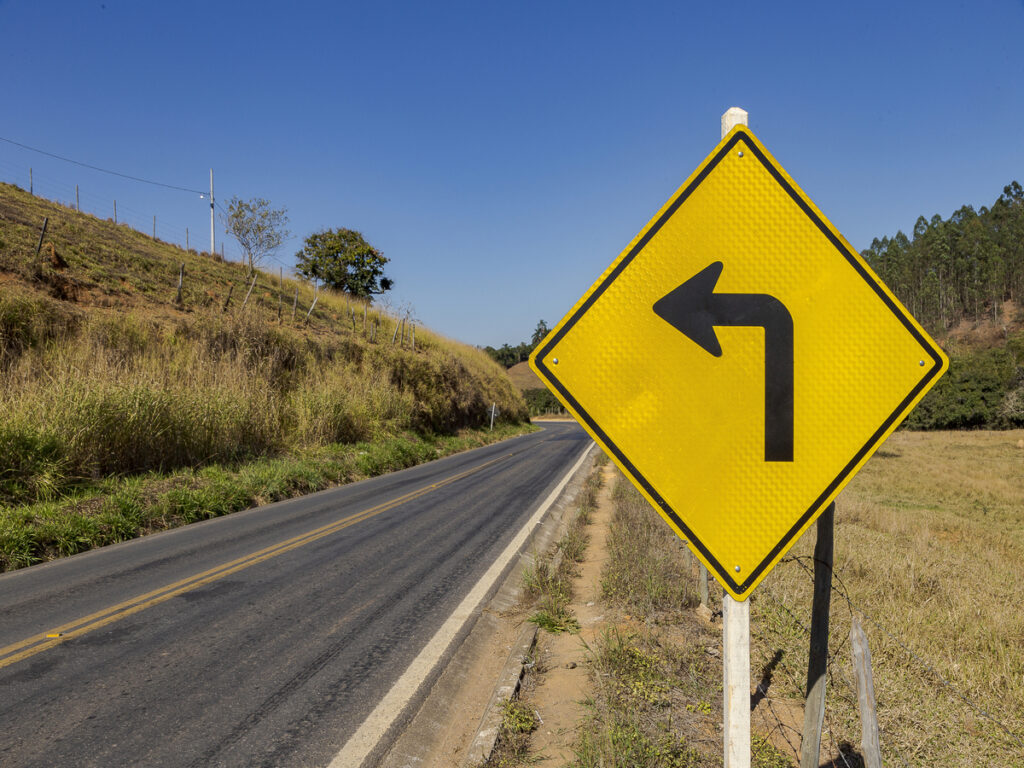
Custom traffic sign sizes can sometimes be used in Australia. But all changes must follow Australian standards very closely. These rules make sure signs are safe, easy to see, and can be enforced everywhere. Signs that do not follow the rules can cause big legal and safety problems:
- Police cannot give fines for signs that are too small or not shiny enough, so it is hard to enforce the rules.
- Drivers might get confused or miss important signs, which can cause more accidents.
- Councils have to take down any signs that do not meet Australian standards, even road construction traffic signs.
There is a little room for custom signs, but most road construction traffic signs must follow the rules exactly. Knowing the limits of Australian standards keeps people safe and helps with legal matters.
At OPTRAFFIC, we ensure every traffic sign for sale meets Australian regulations while offering limited customisation within the allowed scope. Our team works closely with contractors and councils to deliver signs that are fully compliant and ready for use on any job site.
Australian Standards for Traffic Signs
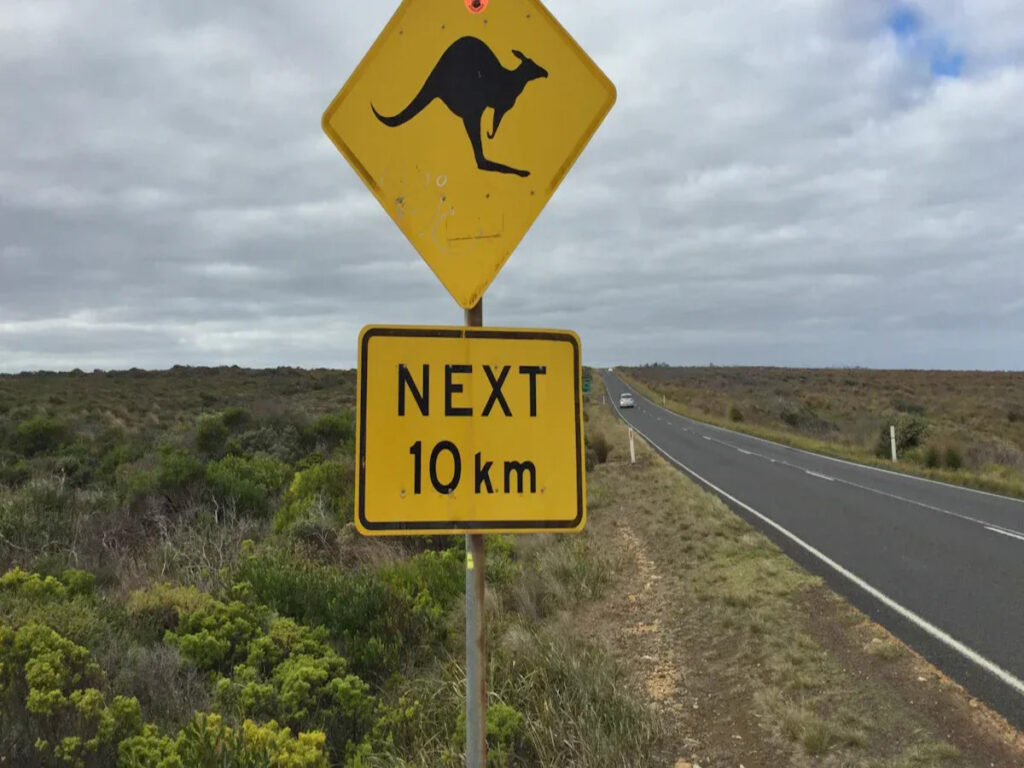
AS 1742 Overview
AS 1742 is the main rule for traffic control devices in Australia. It covers all road construction traffic signs, like regulatory, warning, and guide signs. The standard explains how to classify, number, and design signs. It also tells you what size each sign should be. AS 1742 lists sizes from AA to D. It gives clear steps for picking the right size for each place and use. Government and local councils must put up and look after these signs. Only people with permission can put up or take down signs. This stops unauthorised signs from confusing drivers or making traffic management worse. The rules in AS 1742 mean drivers must follow many signs by law. So, it is very important that all road construction traffic signs follow these rules.
Related Standards (AS 1743, AS/NZS 1906.1)
AS 1743 works with AS 1742 and explains how to design signs. It covers things like fonts, borders, and symbol sizes. AS/NZS 1906.1 is about how shiny signs are and what materials to use. This is important so signs can be seen at night or in bad weather. These rules make sure all road construction traffic signs are strong and work well. Together, these Australian standards help keep traffic safe and signs the same everywhere.
Why Standards Matter
Standards are very important for safety and the law. When all signs look the same, drivers know what they mean. This helps stop confusion and accidents. Signs must be the right size, easy to see, and in the right place. This makes sure the law can be enforced. Councils and workers who follow the rules do not get big fines or lose jobs. Committees like MS-012 update these rules often to keep them useful. By following the rules, traffic workers help keep roads safe for everyone.
Mandatory Sign Sizes and Compliance
Non-Negotiable Signs
Some road construction traffic signs must always follow strict rules. These include STOP, GIVE WAY, Speed Limit, and No Stopping signs. The rules do not let you change their size, shape, or design. These signs are very important for road safety and following the law. Councils, contractors, and road workers must use the exact sizes in the Australian standards. The rules say these signs must never be changed, even for temporary or advance warning signs.
Note: You cannot customise these important signs. They must follow the AS 1742 rules exactly.
Minimum Size Requirements
Minimum sizes help drivers see and understand signs fast. The rules give clear sizes for signs based on where they are used. For example, a STOP sign in a city must be at least 750 mm wide. On country roads, it must be 900 mm wide. GIVE WAY signs must be 900 mm in cities and 1200 mm in the country. Speed Limit signs change size with the speed zone. For a 50 km/h zone, the sign should be 600 x 750 mm. For an 80 km/h zone, the sign must be 750 x 900 mm. Faster roads need even bigger signs.
| Sign Type | Shape | Urban Area Size (mm) | Rural/Highway Size (mm) | Speed Zone Size (mm) |
|---|---|---|---|---|
| STOP | Octagonal | 750 | 900 | N/A |
| GIVE WAY | Downward Triangle | 900 | 1200 | N/A |
| SPEED LIMIT | Circular | Varies by speed zone | Varies by speed zone | 50 km/h: 600 x 750; 80 km/h: 750 x 900; Larger for faster roads |
These rules make sure all road construction traffic signs are easy to see and read. The right sign size also helps police and investigators check if signs followed the rules after a crash. If a sign is too small, it might not count.
Enforcement and Legal Risks
Following the sign rules keeps everyone safe on the road. If a contractor uses the wrong sign size or type, the council can reject the work. You can lose jobs if your signs do not follow the rules. Not following the rules can mean fines or legal trouble. If a crash happens and the signs are the wrong size, someone could get in trouble. Road authorities often check signs to see if they follow the rules. They can make you take down or change signs that do not follow the rules. Meeting all the sign rules, even for advance warning signs, helps you avoid these problems.
Tip: Always check the newest rules before you order or put up any road construction traffic signs. This helps you follow the rules and stops expensive mistakes.
Custom Traffic Sign Options
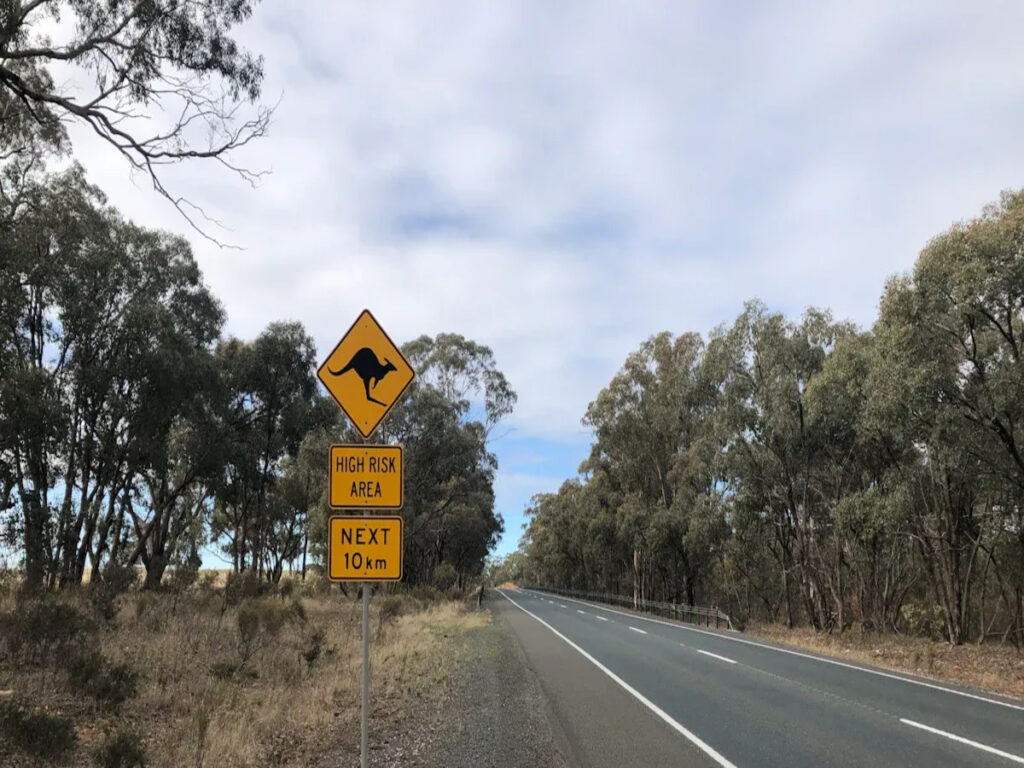
Signs Eligible for Customisation
Many signs in Australia can be customised if they are not strict regulatory signs. Informational signs, like facility names or project directions, are often customisable. These signs help drivers in construction zones, car parks, or private estates. Some road construction traffic signs, such as detour or road work ahead, can use custom options. But they must not look like official regulatory signs.
Custom traffic sign solutions help with special site needs. For example, a company might need warning signs for hazards not in the standard list. Detour signs can be changed for certain routes or local needs. All custom signs must be clear and not confuse drivers.
Note: STOP, GIVE WAY, and Speed Limit signs cannot be customised. They must always follow the standard rules.
Permitted Adjustments
Australian standards let you change some road construction traffic signs. You can adjust size, wording, or layout for non-regulatory signs. For example, road work ahead signs can be different sizes for different speed zones. Detour signs can show special route numbers or directions. Custom traffic sign designs must be easy to read and use the right symbols and reflective materials.
A table below shows what changes are allowed for custom signs:
| Sign Type | Permitted Adjustments | Notes |
|---|---|---|
| Road Work Ahead | Size, wording, placement | Must stay clear and easy to see |
| Detour | Route info, arrow direction | Should not look like regulatory signs |
| Hazard Warning | Symbol, text, size | Use for special site hazards |
| Informational/Facility | Name, logo, colour | For private or business use |
Traffic management teams must check that custom signs are easy to see and last a long time. Maintenance teams should look at signs often to make sure they work well and are safe. Using reflective materials helps people see signs at night or in bad weather.
Tip: Always check the latest rules before you order or put up custom traffic signs. This helps you avoid breaking the rules and wasting money.
Private Property and Non-Public Roads
On private property and non-public roads, sign rules are different from public roads. Owners can use custom signs for parking, directions, or special warnings. But these signs must not copy official road construction traffic signs or trick drivers. Local rules and zoning laws still matter, and you often need permission before putting up signs.
Key points for signs on private property:
- Signs should not block views, paths, or important sightlines.
- In rural areas, signs should be about 5 feet high. In busy or walking areas, they should be 7 feet high.
- On rural roads, put signs 6 to 12 feet from the edge for best visibility.
- Signs must face traffic straight on for easy reading.
- After putting up signs, check if drivers can see them well.
- Use reflective materials so signs can be seen in low light.
- Maintenance teams should check signs often for damage or fading.
- Following MUTCD standards, even on private land, helps keep things safe and organised.
Custom traffic sign solutions on private property let people be creative and practical. But clear messages, good placement, and regular checks are needed for safety and following the rules.
To better understand how traffic sign size affects visibility and compliance, especially in private and public settings, read our blog: Traffic Sign Size Standards in Australia: A Complete Guide.
Approval and Compliance Process
Steps for Approval
Getting approval for custom signs in Australia has clear steps. The project team first checks the rules and standards. They pick the right sign type and size for their plan. Then, they make drawings and write down details about the signs. These papers show what the signs will look like and where they will go. The team sends these plans to the local council or road authority. In some places, like Victoria and Queensland, you need approval before putting up signs. The authority looks at the plans to see if they follow all the rules. If everything is correct, they say yes. If not, the team must fix problems and try again.
Tip: Talk to the authority early to avoid delays or having your signs rejected.
Documentation Needed
Having the right paperwork is very important. The team must give drawings, material details, and reflectivity certificates. They also need to show how and where the signs will be put up. They must include a traffic control plan. Sometimes, they need certificates and batch numbers for the reflective parts. If any papers are missing or wrong, approval can be delayed or refused. Teams should check all documents before sending them in.
Common problems with paperwork are:
- Missing certificates
- Wrong batch numbers
- Not enough details about how to put up the signs
Authority Involved
Different groups check custom signs in Australia. Local councils look after most city and town projects. State road agencies, like Transport for NSW, VicRoads, and TMR Queensland, manage big roads and highways. Each group makes sure the rules are followed and may have extra local rules. The table below shows what each state looks for:
| State | Compliance Focus | Common Issues |
|---|---|---|
| New South Wales | Follows rules very strictly; no exceptions | Signs rejected for wrong size or not shiny enough |
| Victoria | Follows rules and local council changes; needs pre-approval | Problems with fonts; local approval for changes |
| Queensland | Follows rules and MUTCD; uses both sets of rules | Needs bigger or stronger signs in some places |
Authorities check if the sign is the right size, shiny enough, and put up correctly. They also check the paperwork. If you do not meet the rules, your sign can be rejected, cost more to fix, or cause legal trouble. Teams must follow all the steps to get approval and keep following the rules.
Road Construction Traffic Signs: Practical Tips
Ensuring Legibility
Clear road construction traffic signs help drivers stay safe. Australian standards give rules for sign size and letter height. They also set rules for pictogram size. Signs in slow zones, like school areas, use smaller sizes. Highways need bigger signs so drivers can see them better. Reflectivity is very important for safety at night or in bad weather. Councils sometimes want brighter or bigger signs at busy crossings. They also want them in shaded places. Where you put the sign matters too. Signs must face traffic and be in the driver’s view. Suppliers have charts to help pick the right sign size and reflectivity. Custom signs for businesses or private land should use the same colours as public road construction traffic signs. They should also use the same reflective materials. Always label signs with their size and reflectivity grade. This makes checking them easier.
Tip: Pick sign sizes that work for now and in the future.
Maintaining Proportions
Keeping the right proportions on signs makes them easy to read. Each sign needs the right space between the edges, letters, and pictures. This helps drivers understand the message fast. This is very important for temporary traffic control and detours. Road work ahead signs must not have text or icons smaller than the standard. Using the right proportions also makes signs last longer. It means you do not have to fix them as often. Detour signs and hazard warnings must follow these rules too, even on private land.
| Sign Type | Key Proportion Rule | Why It Matters |
|---|---|---|
| Road work ahead | Standard symbol-to-edge spacing | Makes signs easier to read |
| Detour | Correct arrow and text size | Helps drivers decide fast |
| Temporary signs | Same font and icon height | Keeps work zones safer |
Consulting Authorities
Talking to local councils or state road agencies is very important. These groups check if signs are the right size and in the right place. They also check if signs are shiny enough. Sometimes, they ask for bigger or brighter signs in risky places. Before putting up road work ahead or detour signs, teams must send in plans for approval. Councils use the Manual of Uniform Traffic Control Devices and local rules to decide. Checking signs often helps keep them legal and easy to see. Good communication with authorities helps avoid problems. It also keeps work zones safe for everyone.
Custom road construction traffic signs can be changed to fit needs, but everyone must still follow Australian standards. Councils and workers have to use the right size, put signs in the right spot, and use the correct materials. Some new projects used bigger signs with two languages and made them very shiny. This helped make busy intersections safer. Signs need to be checked and cleaned often so people can see them clearly. If signs are wrong or not the same, drivers might get mixed up and crashes can happen. Councils should buy signs from trusted companies and only use signs that are approved. Always read the rules and get permission before you put up or change any road construction traffic signs.
FAQ
What happens if someone installs non-compliant signs on public roads?
Authorities can tell people to take down wrong signs. Contractors might get fines or lose their jobs. Police cannot use the wrong signs to give tickets. Councils may ask for new signs that follow Australian standards right away.
Can private property owners design their own signs?
Private property owners can make their own signs for their land. These signs must not look like real road signs. Owners should make sure their signs are clear and do not confuse drivers or block what people need to see.
Are there different size requirements for signs in rural and urban areas?
Yes, sign sizes change depending on where they are. Rural roads usually need bigger signs so drivers can see them better. Urban areas use smaller signs because cars go slower and there is less space.
Who approves new or custom signs for road construction projects?
Local councils or state road agencies check and approve new or custom signs. They make sure all signs follow the rules. This helps keep signs safe and useful for everyone on the road.
How often should signs be checked for damage or fading?
Checking signs often keeps them easy to see and safe. Maintenance teams should look at signs at least two times each year. If signs are broken or faded, they must be changed quickly to keep everyone safe and follow the rules.

